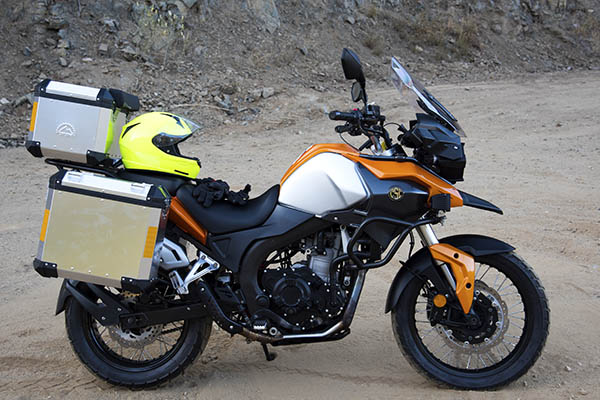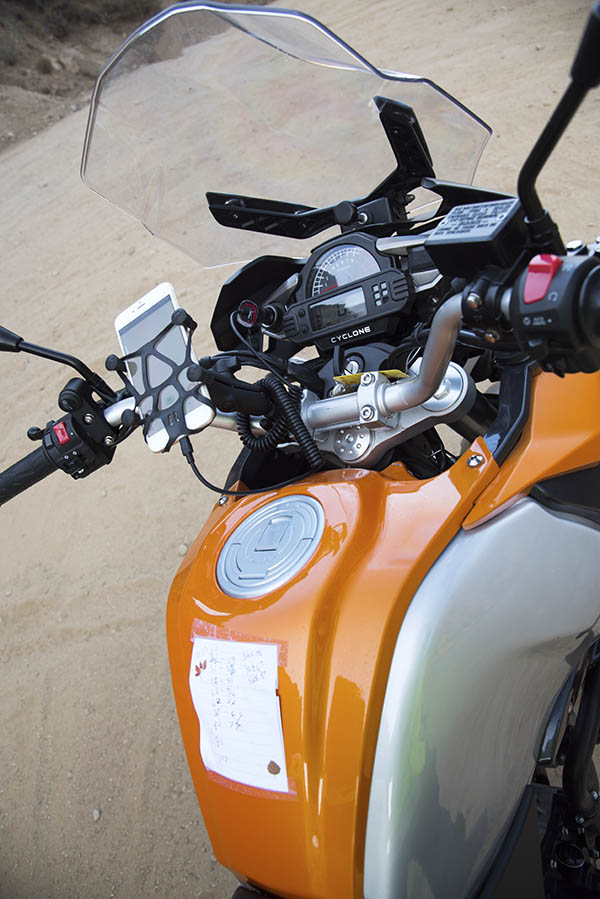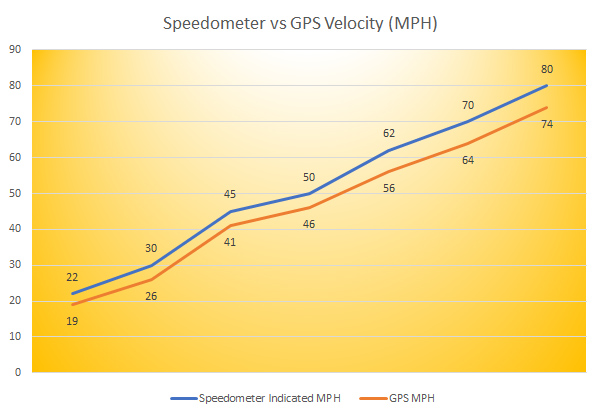
I’m getting excited about the upcoming Southern California Motorcycle Association’s Three Flags Classic adventure and the CSC RX4 I’ll be riding on this epic rally. I’ve been putting a few miles on the RX4 CSC graciously provided and I thought I would fill you in on a few of the specifics I’m discovering on this bike.
I have a measured mile by my home and I was happy to see that the RX4 clocked it at exactly 1.0 miles. I think that’s pretty much what all the motorcycles do these days for obvious reasons. If the odometer read more miles than you actually covered, the manufacturer would be cheating you out of a portion of the warranty, and if the odometer read fewer miles, they’d be warranting the bike for longer than they intended to. The point is moot with a CSC motorcycle; their bikes are warranted for unlimited miles. But it’s nice to know that whatever distance it says you’ve gone is the real distance.

The next thing I checked was fuel economy, and I did so based on a mix of freeway, city, and mountain road riding. The bike I rode, with roughly 1200 miles on the clock, returned 66.34 mpg. I think CSC advertises 60 mpg for the RX4; I did 10% better than that with the one I’m riding.
Next up was motorcycle speed indicated by the speedometer versus GPS indicated speed. I found that the speedometer was 15% to 8% optimistic, depending on velocity. At higher speeds, the speedometer error decreased to the 8% range. It’s pretty common for motorcycle speedometers to be about 10% optimistic. It’s also very common for the percentage difference between actual speed and speedometer-indicated speed to not be constant (the error percentage changes with speed).

Next up was a quick look at engine RPM versus indicated speed. The RX4 cranks way less RPM at every speed compared to the RX3. Here’s what it looks like on the RX4…

The RX4 has a torquey motor, and I was surprised at how low the RPM is at any given speed compared to the RX3. I know on my RX3, 80 mph is somewhere near the redline at 9000 RPM. On the RX4, the engine is just loafing along at a meager 6000 RPM. The RX4 engine pulls strongly from anything above 3000 RPM. You can downshift to move away more quickly, but you don’t need to on this bike.
And hey, because I know you’ll ask, here’s what the bike sounds like…
Another area in which the RX4 excels is its lighting. The headlight does a fantastic job; I was impressed riding it at night.

That’s it for now. I’ll have a lot more info on the RX4 and the 3FC19 ride, and I’ll be posting from the road every day. Make sure you sign up for our automatic blog updates so you don’t miss anything!
Want to learn more about the RX4 motorcycle? Take a look at our comparisons of the RX4 to the RX3 and the KLR 650 here. And don’t forget to visit CSC’s website, too, for more information on the RX4 and CSC’s other motorcycles.
